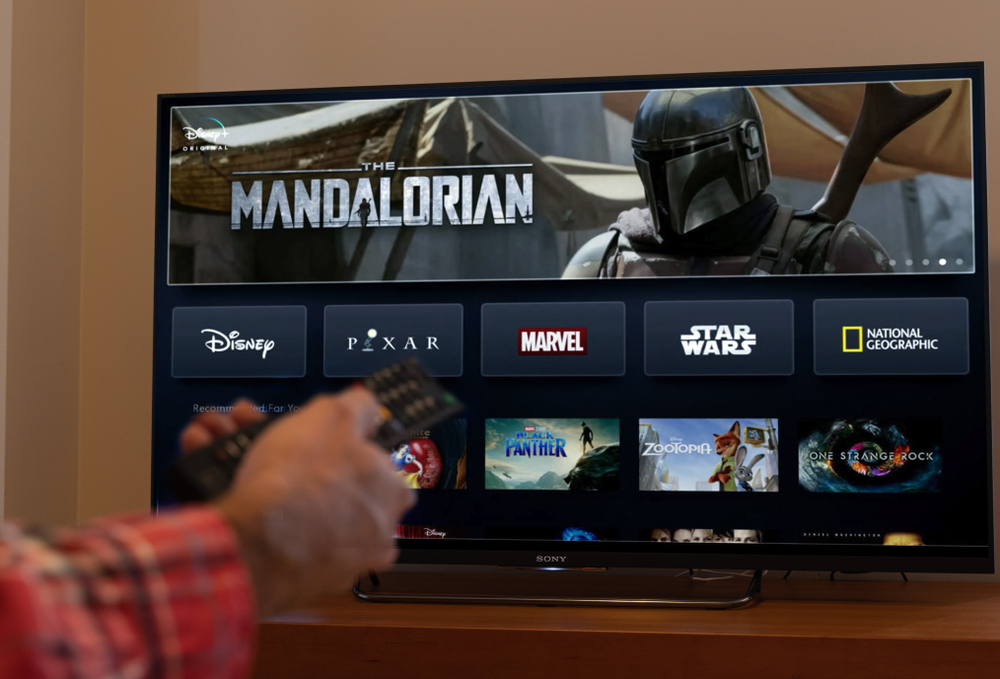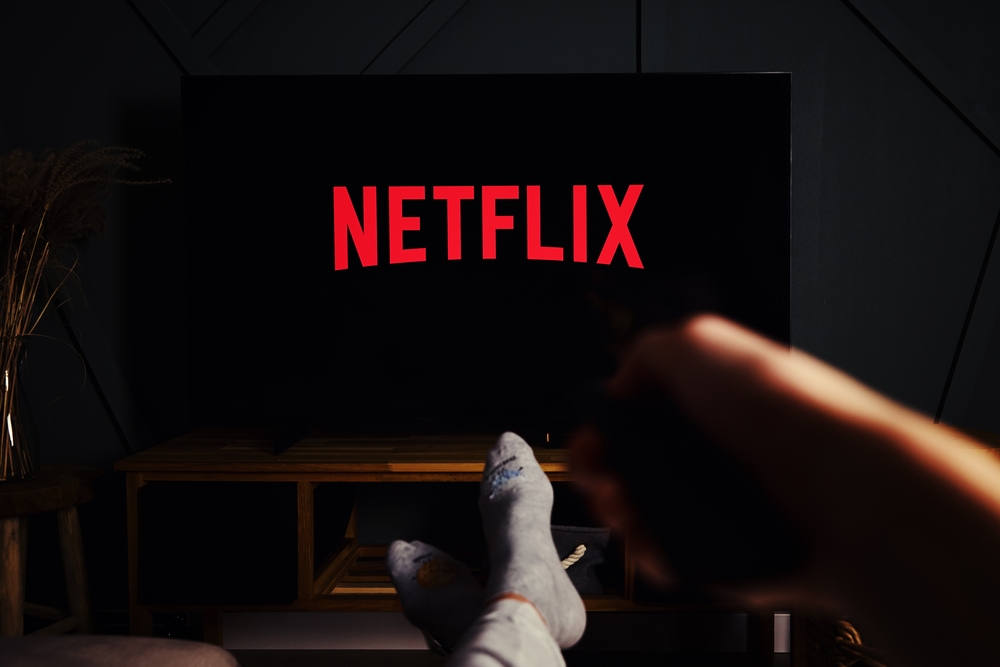Streaming platforms once promised unlimited access to television’s golden years. From iconic sitcoms to genre-defining dramas, the early days of streaming were packed with nostalgic classics that brought comfort and familiarity to audiences. But recently, many of those shows have quietly vanished. One day they are there, the next they are gone without warning. Fans are left confused, frustrated, and wondering why their favorite classic series are no longer available. The answer is not just about viewer demand. It lies in a mix of financial decisions, licensing headaches, changing strategies, and the shifting value of content libraries.
Licensing Agreements Are Getting Complicated

Most classic TV shows on streaming services are not owned by the platforms that host them. Instead, streaming services lease them for a limited time through licensing deals. When those deals expire, the shows must either be renegotiated or removed. If the licensing costs increase or the original rights holder chooses not to renew, the show disappears from the platform. For example, a studio might pull back the rights to a series they produced decades ago if they plan to feature it on their own branded service. The result is a constant shuffle, where even the most beloved series can vanish overnight.
Studios Are Taking Back Their Content

The rise of exclusive platforms like Paramount Plus, Peacock, and Disney Plus has caused a major shift. Media companies that once licensed their old shows to third-party streamers are now reclaiming them. They want full control of their libraries to boost their own platforms. For instance, a comedy from the 1990s once hosted on Netflix may now be locked behind a paywall on a studio-owned app. This strategy is meant to increase subscribers, but it ends up fragmenting the streaming landscape. Viewers must now juggle multiple services to access the shows they used to find in one place.
Cost Cutting Is a Bigger Factor Than People Realize

Streaming platforms are not just about what viewers want. They are businesses focused on revenue and profit. When platforms face budget cuts or investor pressure, they often trim content to save on residual payments, hosting fees, or renewal costs. Classic TV shows can become a target because they may no longer pull high viewership numbers compared to newer content. Removing them helps lower costs quietly. Even if fans love those shows, if the numbers do not justify the expense, the platform may decide they are no longer worth keeping.
Residual Payments Are Becoming Too Expensive

Older shows come with built-in obligations. Every time an episode streams, the creators, writers, and actors often receive residual payments. Over time, these add up, especially for long-running series. In an effort to cut down on these recurring costs, some platforms choose to remove the content entirely. They may replace it with cheaper, in-house productions that avoid those fees. Even successful shows like those from the early 2000s can become financial liabilities if the payout requirements are too steep.
Read More: Betty White Held The World Record For Longest TV Career After 82 Years In The Industry
Data Shows Viewers Watch What’s New

Streaming data reveals that most users tend to gravitate toward new releases. While classic TV shows have dedicated fanbases, the majority of clicks go toward trending or exclusive content. Platforms prioritize content that keeps viewers engaged and attracts subscribers. A series from the 1980s, no matter how iconic, may not generate enough engagement to hold its spot on a modern platform. That means shows that were once considered timeless may lose out to newer series, even if they were once ratings giants on network TV.
Some Shows Face Cultural and Legal Issues

Another growing reason for removal involves content that has not aged well. As societal norms shift, shows with outdated portrayals or problematic themes are being reevaluated. Platforms may choose to pull episodes or entire series if they fear backlash or legal trouble. This includes shows that contain racial stereotypes, insensitive humor, or depictions that no longer align with a company’s brand values. Rather than edit or contextualize the content, many companies prefer to quietly remove it to avoid controversy.
Streaming Libraries Are Getting Smaller On Purpose

It may seem counterintuitive, but many platforms are reducing their catalogs by design. Rather than offering everything, they focus on curating a more selective collection that reflects their brand identity. This makes the platform easier to market and reduces the strain on licensing costs and cloud storage. This shift also aligns with the push toward original content, which platforms can fully own and control. The downside is that familiar favorites from decades past are increasingly getting left out of that curated vision.
Original Content Is Taking Priority

Streaming platforms are investing heavily in their own productions. Original series and exclusive content draw in new subscribers and give platforms more control over their distribution rights. That focus often comes at the expense of older shows. A classic drama might get pulled to make room for the next big original release. Over time, platforms become less about offering archives and more about showcasing their latest hits. This business model leaves little room for reruns or retro programming, no matter how loyal the fanbase may be.
Audience Demand Is Shifting

Younger viewers are driving streaming trends, and many of them are not watching the same shows their parents did. Even though some classic sitcoms have found new popularity, others are struggling to stay relevant in a fast-paced digital landscape. If a show does not trend on social media or generate discussion, it may be quietly removed. The demand for short-form content, fast-paced storytelling, and modern themes often outweighs nostalgia. Streaming companies follow the data, and if a classic show fails to capture the attention of younger users, it loses its place.
The Future of Classic TV Might Be Niche

As mainstream platforms move away from older content, a new market is opening for niche services. Some apps and websites are now specializing in retro television. They offer ad-supported access to shows that are no longer available elsewhere. These platforms cater to loyal viewers who are willing to subscribe or sit through ads just to watch their favorites again. While this might not bring the convenience of having everything in one place, it provides a new home for shows that were nearly lost. It also highlights the growing divide between content made for mass appeal and content preserved for cultural value.
Read More: The Real Kids of TV’s Iconic Moms—And Their Surprising Lives
Conclusion: It’s About Control, Not Just Content

The disappearance of classic TV shows from streaming services is not random. It reflects a deeper shift in how media is distributed, valued, and monetized. Licensing battles, corporate strategies, evolving tastes, and financial pressures all play a role. What used to be an endless library is now a competitive space where only the most profitable content survives. Unless a show brings in strong numbers or aligns with a platform’s goals, it risks being removed, no matter how iconic it may be. For fans, the message is clear. If you love a classic series, do not assume it will be there tomorrow. Watching it now, buying a physical copy, or supporting niche platforms may be the only way to keep those stories alive.
Disclaimer: This article was created with AI assistance and edited by a human for accuracy and clarity.

